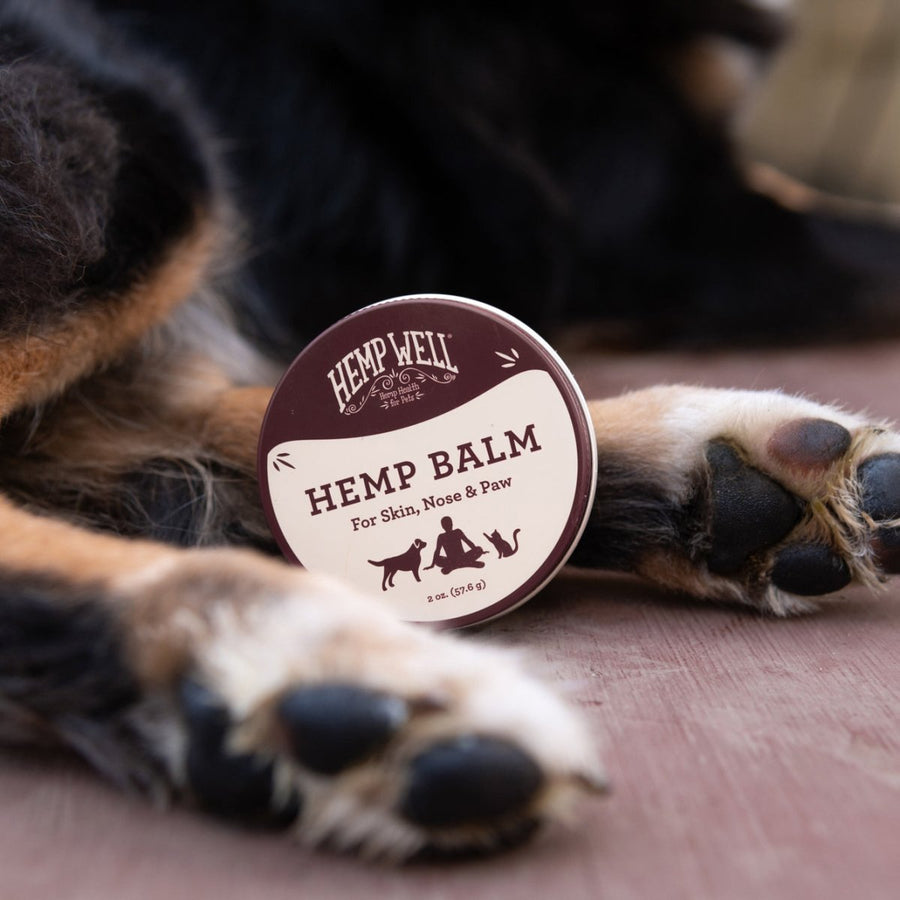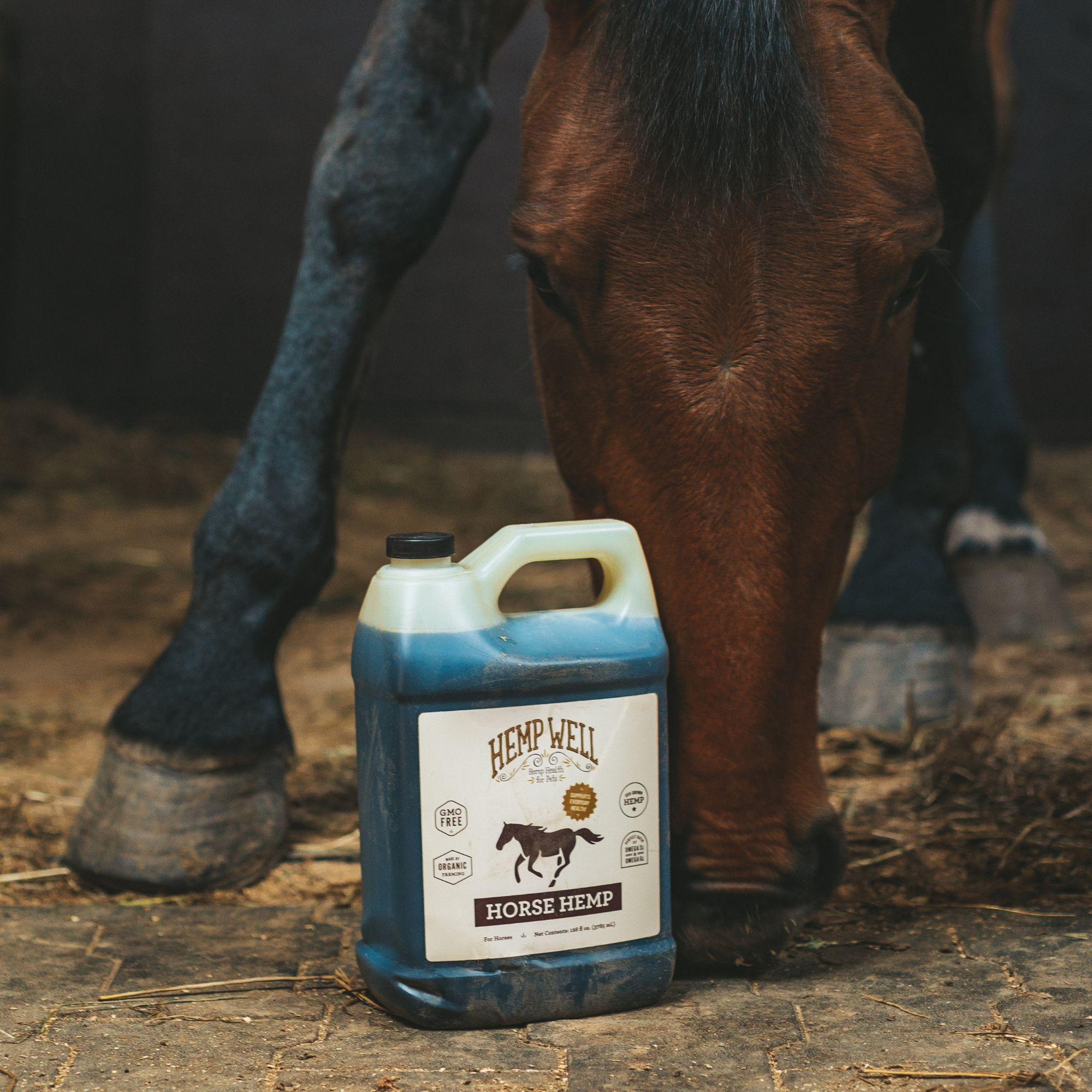Will My Dog Calm Down After Being Neutered?
Dog • Behavior & Wellness
Short answer: neutering can reduce certain hormone-driven behaviors over time, but it isn’t a personality switch. Calm comes from a mix of recovery care, routine, enrichment, consistent training—and, for some dogs, gentle calming support.
What actually changes after neutering?
Neutering lowers testosterone, which can reduce hormone-influenced behaviors such as roaming, urine marking, mounting, and some male-to-male reactivity. It does not directly “teach” manners or replace training, nor does it guarantee a calmer temperament for dogs whose energy or anxiety stems from breed traits, under-exercise, or environment.
- Likely to decrease: roaming/escape attempts, urine marking indoors, hormonally driven mounting.
- May change modestly: dog–dog reactivity tied to hormones.
- Unlikely to change without training: boredom barking, leash pulling, jumpy greetings, separation stress.
Good to know: Behavior is multi-factor. Neutering can remove a hormonal “amplifier,” but daily routines and skill-building do most of the calming.
Typical timeline: days to months
- Days 1–7: Post-op rest. Your dog may seem quieter due to recovery and cone time.
- Weeks 2–6: As hormones decline, some marking/roaming impulses may ease.
- Months 2–6: Full hormonal washout varies by age and individual; training gains are more noticeable with consistency.
Always follow your veterinarian’s post-surgery instructions, including activity restrictions and pain management.
How to encourage calmer behavior
- Routine, routine, routine: Predictable mealtimes, walks, and sleep help reduce arousal spikes.
- Right-size exercise: Daily physical outlets suited to age and breed; avoid overexertion during recovery.
- Enrichment beats boredom: Sniff walks, food puzzles, lick mats, and training games calm the nervous system.
- Reward calm: Mark and pay for relaxed lies-down, not just sits; calm becomes a learned behavior.
- Training consult: For reactivity or separation issues, a certified trainer or behavior professional can tailor a plan.
Clean-label calming support (that fits real life)
Calming routines work best when they’re easy to stick with. Hemp Well® offers simple, daily-use options you can discuss with your veterinarian and incorporate into your training plan.
- Calm Dog Oil: A versatile option you can give directly or mix with food.
- Calm Dog Soft Chews: Tasty, portable, and great for on-the-go reinforcement.
These products are for general wellness support. They are not intended to diagnose, treat, cure, or prevent any disease. If your dog has a medical condition or takes medications, consult your veterinarian before use.
FAQs
Will neutering calm my dog down?
It can reduce hormone-driven behaviors (like roaming and marking), but calm behavior still depends on routine, enrichment, and training. Think of neutering as removing a hormonal “boost,” not replacing good habits.
How long before I notice behavior changes?
Some shifts may appear within a few weeks; full hormonal changes can take 2–6 months. Training progress becomes more visible as routines stabilize.
Is calming support safe to use after surgery?
Ask your veterinarian about timing for any supplement post-surgery. Once you’re cleared, gentle calming support can complement routine and training.
Oil vs. soft chews—what’s better?
Both can fit daily life. Oil is easy to adjust by weight; soft chews are convenient for rewards during training or travel. Choose the format you’ll use consistently.
What else helps my dog relax?
Predictable schedules, appropriate physical activity, mental enrichment (sniffing, puzzles), positive reinforcement training, and calm household cues.
Neutering can help with certain hormone-related behaviors, but calm comes from the everyday things you do: structure, enrichment, training—and, for many families, gentle calming support that’s easy to stick with.
Try: Hemp Well® Calm Dog Oil | Hemp Well® Calm Dog Soft Chews








